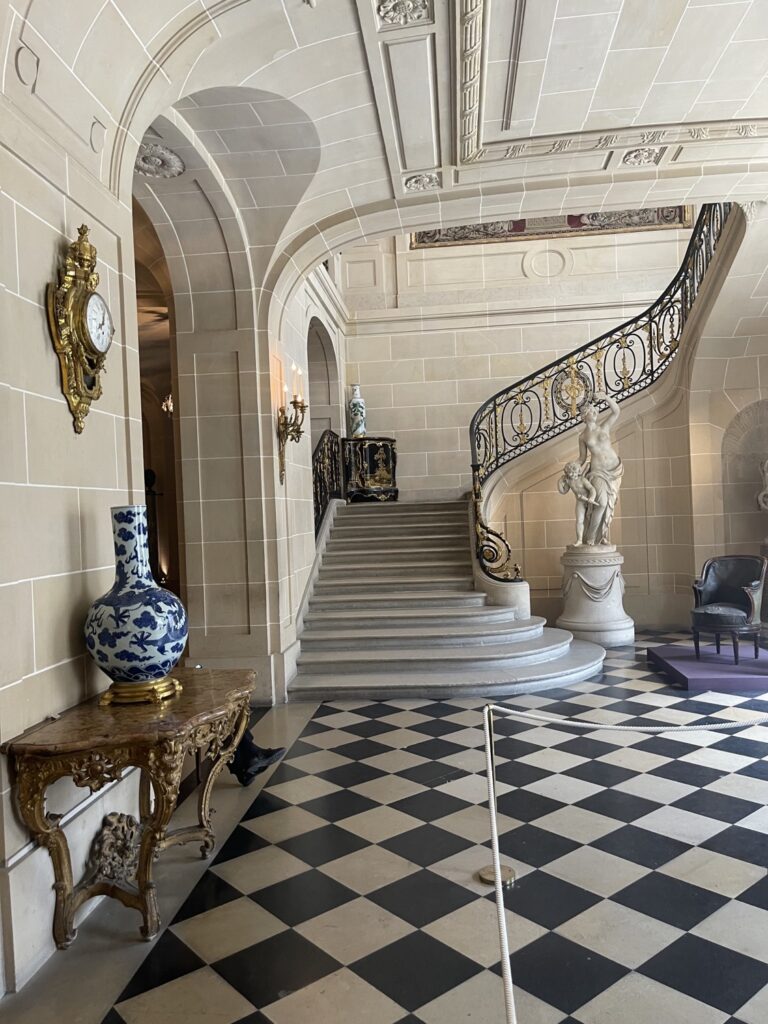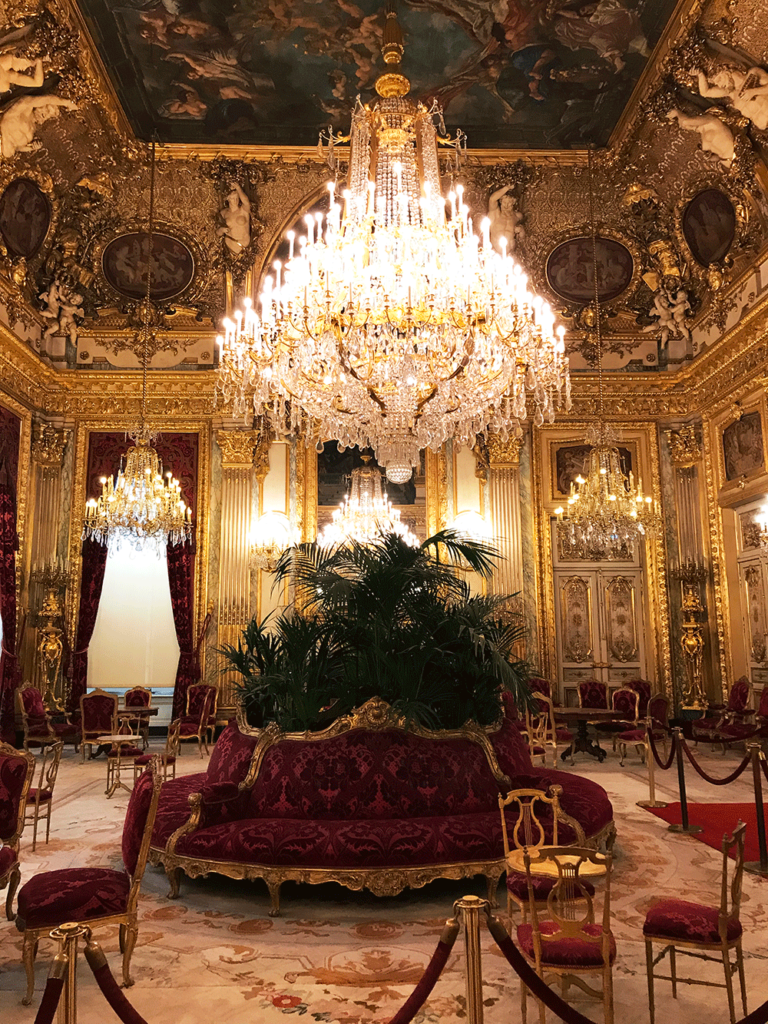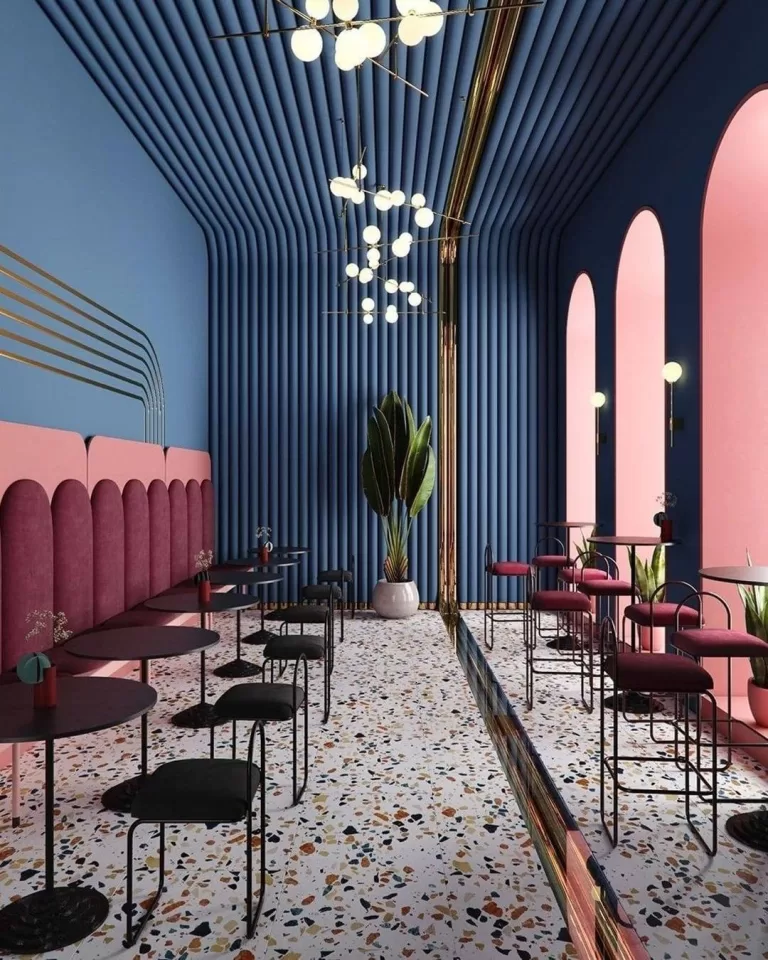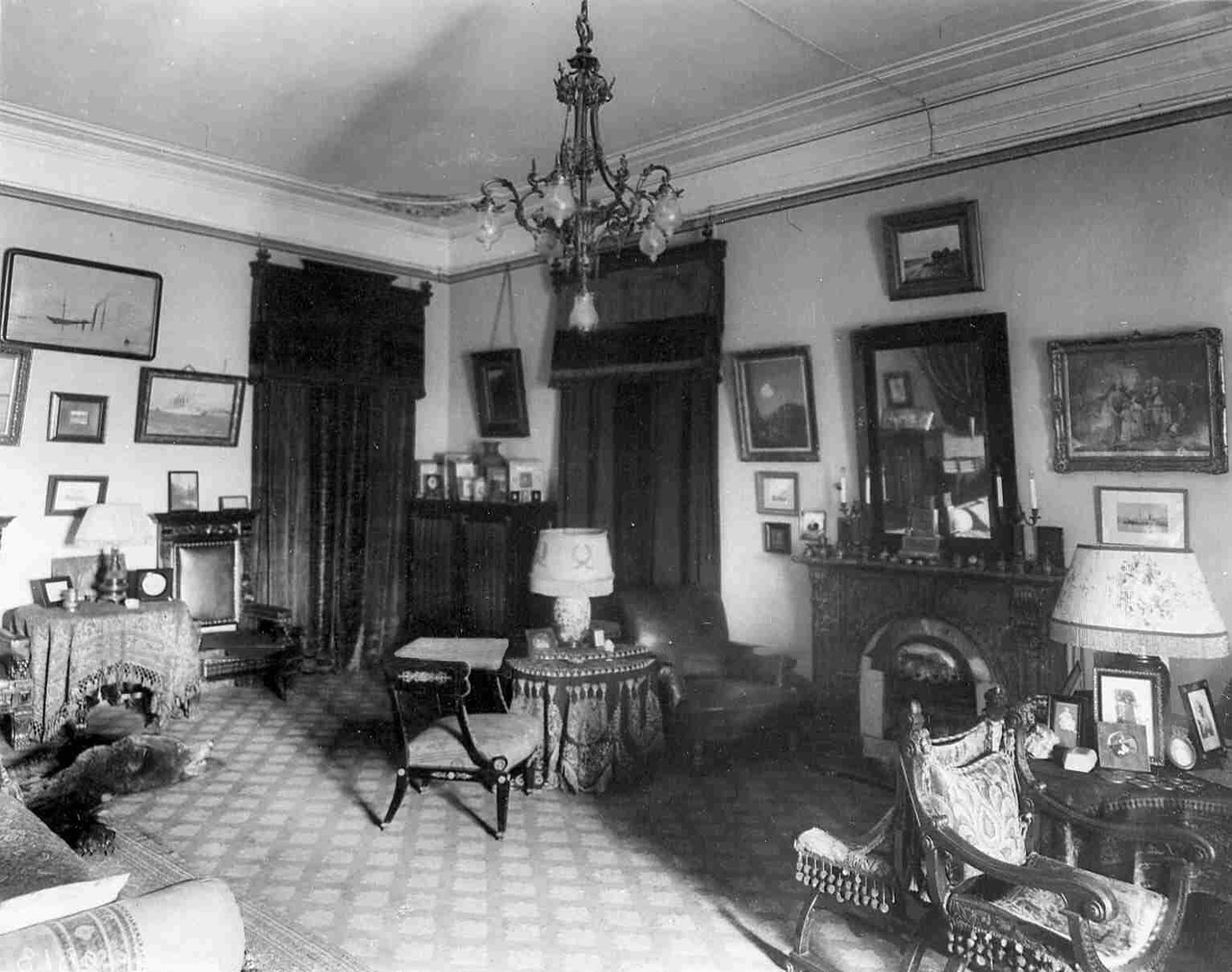Style at a glance: William and Mary
HOW TO DEFINE WILLIAM AND MARY FURNITURE STYLE
William and Mary furniture style appeared in England during the reign of William III and Mary II of England (1689-1702). It was characterized by big Dutch influence because William III was a Dutch-born and he brought a lot of Dutch craftsmen to work in England. I will describe some typical features of this style which will help you to recognize it and also will give some visual examples based on antique furniture photos from the 1stdibs.
1) Walnut instead of oak

During that period walnut overall replaces oak as a material for furniture production. This was due to the fashion for carved furniture (walnut was much easier to cut rather than heavy oak).
2) Spiral columns
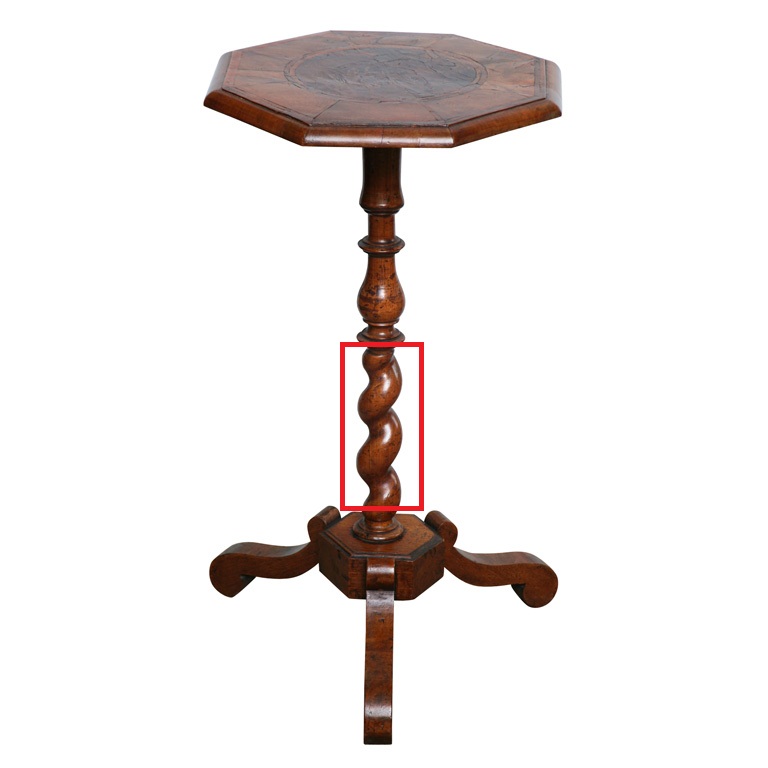
New technique of making spiral columns which appeared in the middle of XVII century was still widely used for furniture production (chairs and tables legs) as well as interior decoration (balustrades).
3) Chair legs shape – ball, hoof or claw.
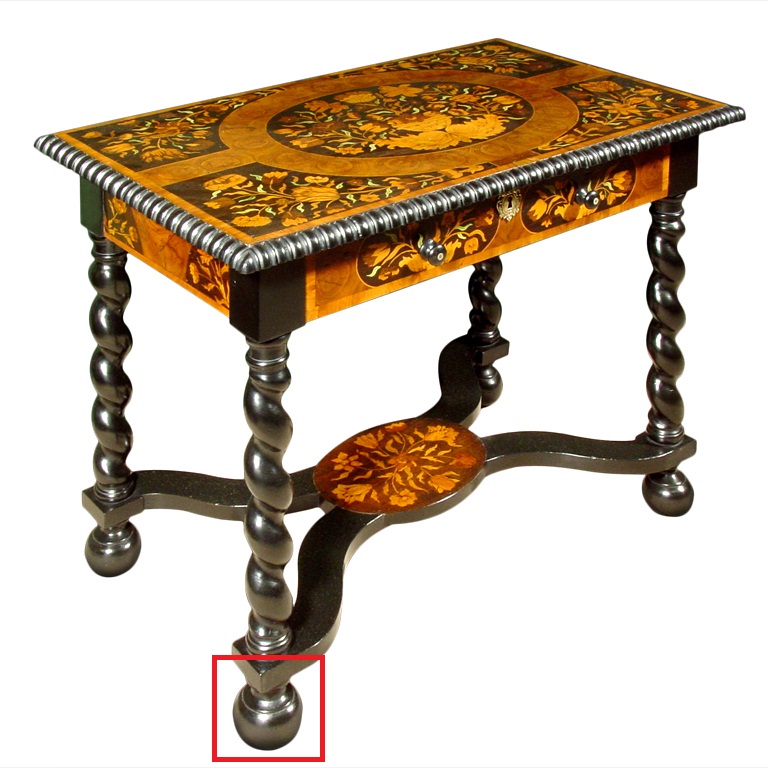
Chair legs were mostly square or spiral shaped. Often they were turned (typical characteristic of that period) and had a bell or trumpet shape at the base.
4) Back of chairs – latticed, oval shaped, carved frame
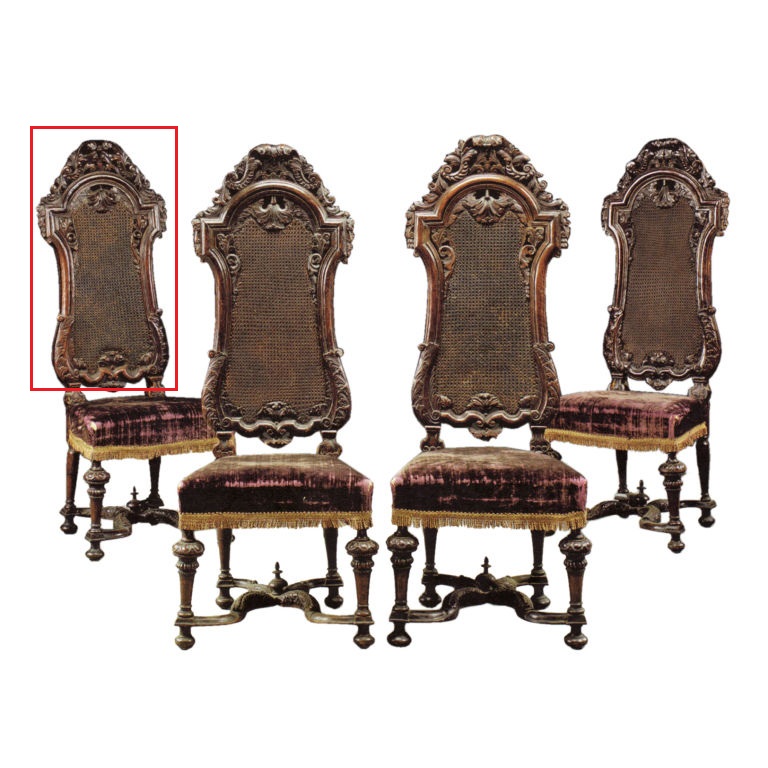
Chair backs normally were decorated with rich carvings which included floral, eiloid and curling ornaments.
5) Oriental Theme
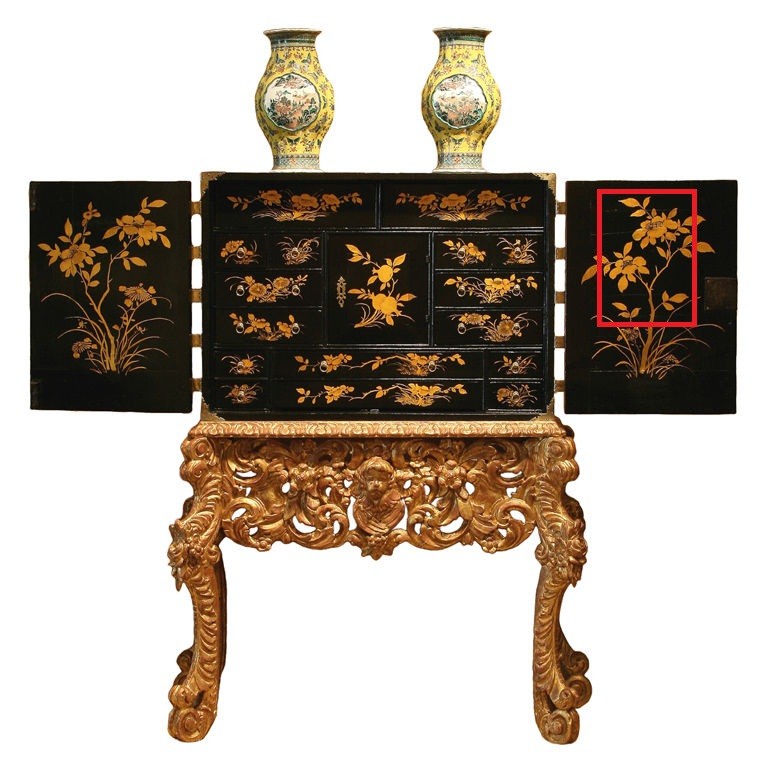
Due to increasing volumes of trade with China Europe becomes fascinated with Chinese furniture and porcelain. Furniture makers learned how to imitate oriental paintings and lacquer (this technique was called “japanning”).
6) Use of veneering. Popular patterns: flowers, seaweed and oyster
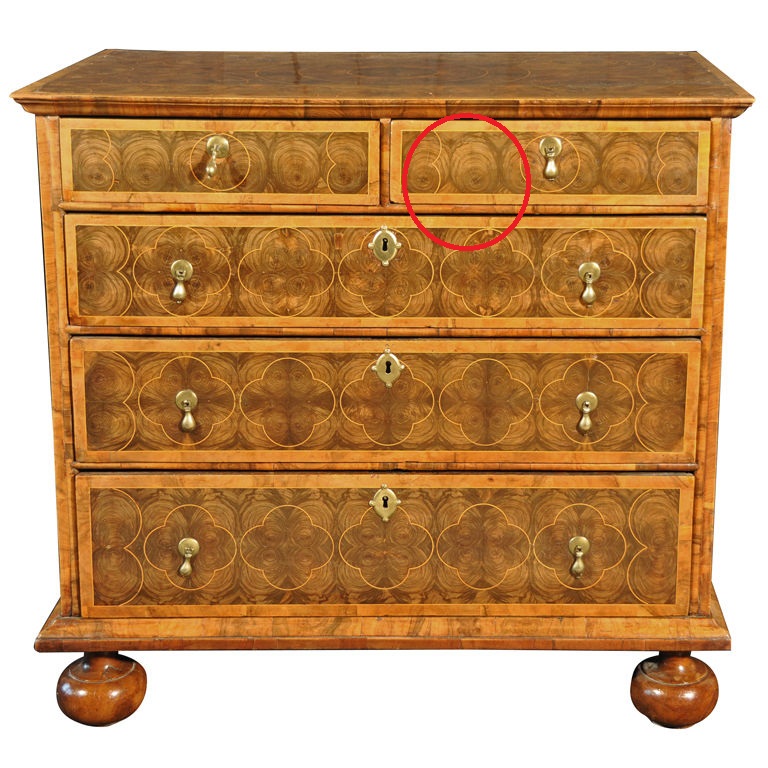
Veneer, inlay and marquetry were popular finishing techniques over that period.
7) Furniture innovations: chest of drawers and writing desks
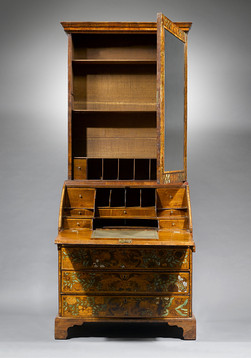
New types of furniture were introduced during that period including writing desk which evolved from bureau-cabinet. It started to have reclining cover which was used for writing purposes and often inside there were numerous compartments for papers.
These are the main elements of William and Mary style. Can you name more?
Want to learn more about various interior styles? Check my “HISTORY OF STYLES” book:
[ebook_store ebook_id=”15760″]

